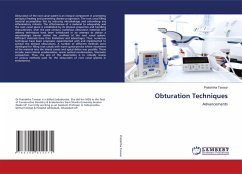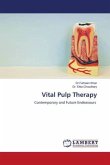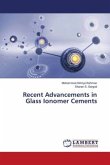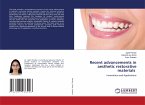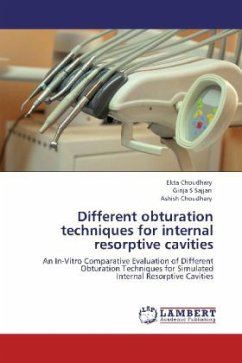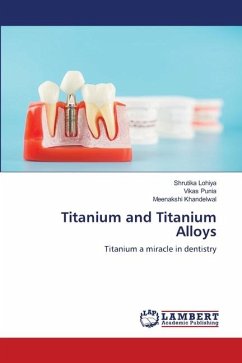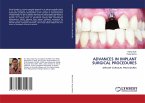Obturation of the root canal system is an integral component in promoting periapical healing and preventing disease progression. The root canal filling material accomplishes this by reducing microleakage and entombing any inflammatory irritants. The effectiveness of a material to adequately seal the root canal space is established by its physical properties and handling characteristics. Over the past century, numerous obturation materials and delivery techniques have been introduced in an attempt to obtain a microbiologic barrier within the confines of the root canal system. Different materials have their limitations and advantages. Thus, numerous techniques have been proposed, experimented with and implemented to achieve the densest obturations. A number of different methods were developed for filling root canals with warm gutta-percha where movement of the material into the lateral canals and apical deltas was possible. These include warm lateral condensation, warm vertical condensation, thermatic compaction. Thus, the aim of this dissertation is to critically review of various methods used for the obturation of root canal systems in endodontics.
Bitte wählen Sie Ihr Anliegen aus.
Rechnungen
Retourenschein anfordern
Bestellstatus
Storno

